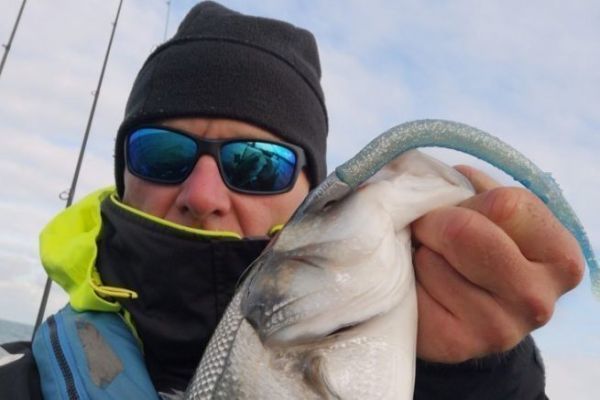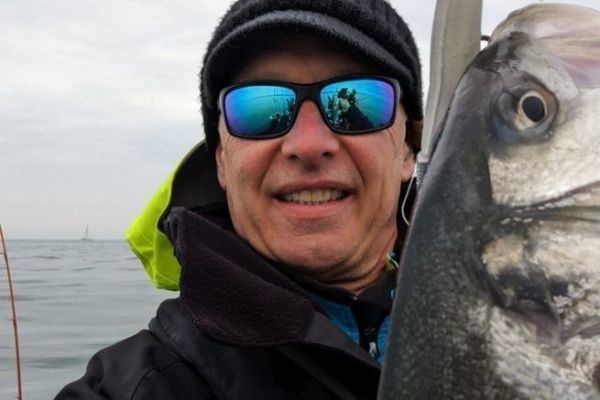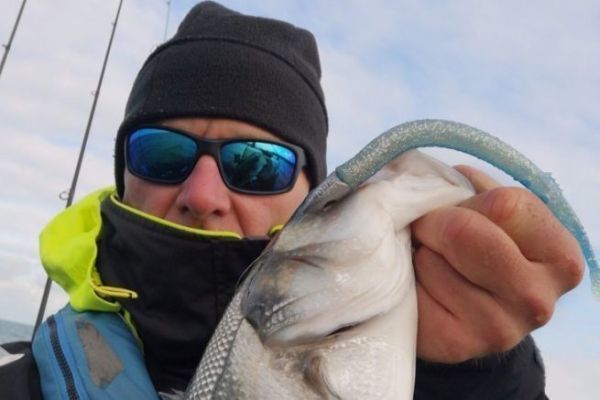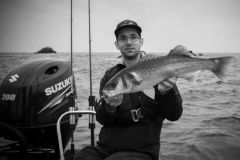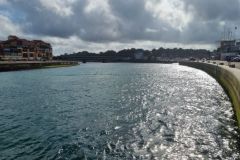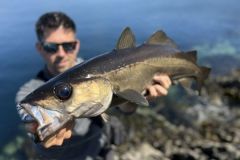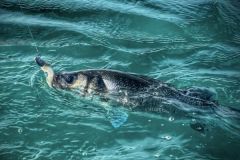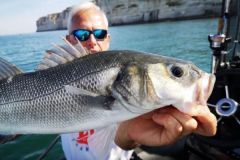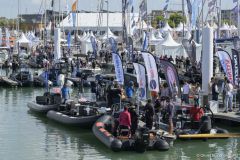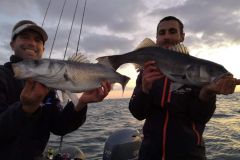In this article, I'd like to explore the various factors you need to take into account when selecting the ideal spot to increase your chances of catching a good fish.
Characteristics of a good bass fishing spot
- The nature of the background : sea bass appreciate areas with varied relief: rocks, sea grass beds, wrecks... These structures provide hiding places and concentrate prey.
- The presence of currents : current zones are particularly interesting, as they attract forage fish, and thus the sea bass that come to feed.
- Depth : water depth is an important factor. Sea bass move to different depths depending on the season and time of day. This criterion is therefore highly variable, as the fish can be found in 50 cm or 50 meters of water.
- Water temperature : water temperature influences sea bass metabolism and activity. The colder the season, the more they will seek out temperate zones. The warmer the water, the more they will seek out cold, oxygenated areas.
- Water quality : clear, oxygenated water is generally synonymous with a good fish population.
You've found the right spot, now it's time to analyze the environmental context for bass fishing.

Environmental factors to consider
- The tide : tides have a significant impact on sea bass behavior. The best times to fish are often when the tide is turning, whether rising or falling.
- Weather : wind, rain, atmospheric pressure... All these factors can influence sea bass activity. It's difficult to form a clear-cut opinion. The best thing to do is to keep a fishing logbook in which you record this information, so that you can fine-tune the best conditions in your area over time. In the meantime, adapt your techniques.
- Brightness: sea bass are most active at dawn, dusk and night. It's a sure thing! What could be more beautiful than a sunrise or sunset, on or near the water?
If you have any doubts about the presence of sea bass, rely on your observations.
Clues to the presence of sea bass
- Seabirds : seagulls and gulls are often good indicators of the presence of schools of fish.
- Forage fish : the presence of forage fish such as sardines or anchovies is a very encouraging sign. You'll see them clearly on your fishfinder.
- Marks on the water : eddies and splashes, especially behind your lures, can signal bass activity.
And quite simply, when boating, rely on the sonar detections that show you the presence and activity of sea bass
Are you looking for help in your search?
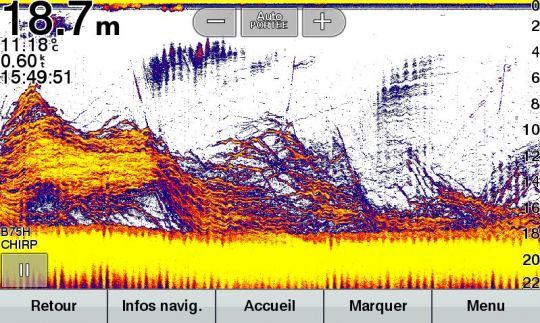
How to spot the best spots?
- Nautical charts : they will give you an idea of the topography of the seabed.
- Mobile applications : numerous applications enable you to visualize bathymetric data and pinpoint areas of interest. (active captain, boating, Data SHOM...)
- Testimonials from other fishermen : don't hesitate to talk to other anglers for advice. Look at the networks and discuss, without being totally gullible.
- Observation: take the time to observe your surroundings and spot any features that might attract sea bass. Sit on top of a cliff and relax, gazing out over the water. You'll see a myriad of clues.
Choosing the right fishing spot is an essential step towards a successful outing. By taking into account the various factors mentioned in this article, you will considerably increase your chances of catching some fine specimens. Don't forget that fishing is also a question of experience and patience. So don't hesitate to try out different spots and refine your techniques!
One last secret: the paper or digital fishing logbook, which will help you to refine your knowledge of your area.
